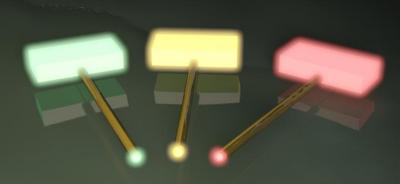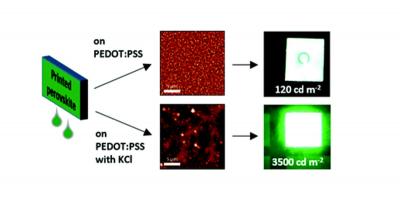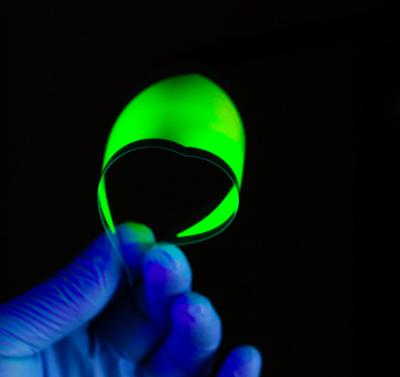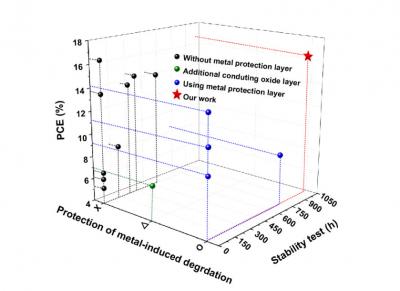ANU team pushes forward the efficiency of solar-to-hydrogen production
Australian National University (ANU) researchers have managed to push forward the efficiency of solar-to-hydrogen production that bypasses electrolysers and avoids AC/DC power conversion and transmission losses. They have recently managed to reach 17.6% efficiency, achieved with perovskite-silicon tandem absorbers, and they say their process is open to further refinement that could see clean hydrogen production become cost competitive with other fuels, including brown hydrogen and gas, more quickly than expected.
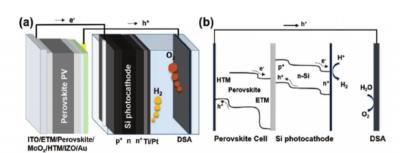 Perovskite-Si dual-absorber tandem PEC cell for self-driven water splitting. a) Schematic showing a perovskite solar cell wired to a Si photo-cathode in tandem, and a DSA anode. b) A representative general energy band diagram. Image: ANU
Perovskite-Si dual-absorber tandem PEC cell for self-driven water splitting. a) Schematic showing a perovskite solar cell wired to a Si photo-cathode in tandem, and a DSA anode. b) A representative general energy band diagram. Image: ANU
Australian National University (ANU) researchers, in a newly-released study lead by Dr. Siva Krishna Karuturi and Dr. Heping Shen, state that although PV modules have become a commercially viable method large-scale renewable energy generation, 'Achieving global renewable energy transition further relies on addressing the intermittency of solar electricity through the development of transportable energy storage means.'

